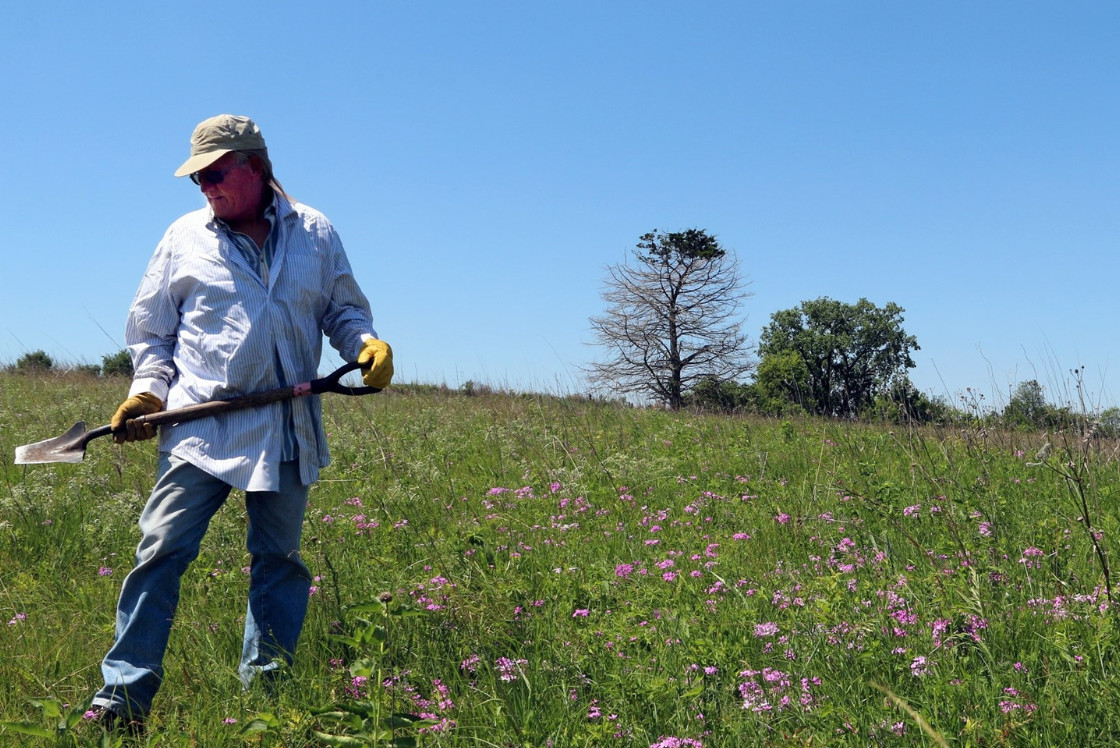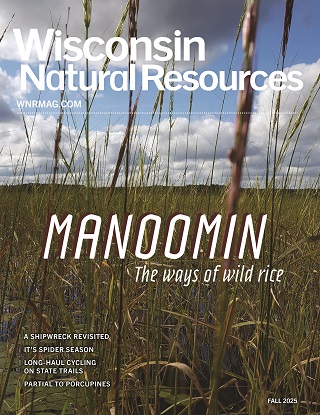Contact: DNR Office of Communications
DNRPress@wisconsin.gov
DNR Announces 2025 Rare Species Community-Based Science Projects
 Among other things, volunteers help manage habitats at State Natural Areas, which are home to many rare Wisconsin plants and animals.
Photo credit: Jerry Newman/The Prairie Enthusiasts
Among other things, volunteers help manage habitats at State Natural Areas, which are home to many rare Wisconsin plants and animals.
Photo credit: Jerry Newman/The Prairie Enthusiasts
MADISON, Wis. – The Wisconsin Department of Natural Resources (DNR) today announced volunteer opportunities to help monitor rare and endangered species and manage their habitats in 2025.
While many Wisconsinites appreciate the beauty of our plants, animals and natural landscapes, a special few volunteer their time to survey for rare and endangered species. These volunteers, known as community scientists, do things including learning to distinguish the calls of the 12 different frog and toad species found in Wisconsin or finding and identifying rare plants.
The DNR seeks volunteers for the following projects:
Plants and Habitats:
Invertebrates:
- Karner Blue Butterfly Volunteer Monitoring Program
- Wisconsin Bumble Bee Brigade
- Wisconsin Mussel Monitoring Program
Other Animals:
- Wisconsin Bat Program: Acoustic and Summer Roost Monitoring
- Wisconsin Frog and Toad Survey
- Wisconsin Turtle Conservation Program
“Volunteers support critical research and monitoring for many of Wisconsin’s rarest plant and animal species and provide an effective approach to managing invasive species,” said Owen Boyle, DNR species management section manager. “We’re immensely grateful for the hours they’ve dedicated to this often complex and detailed work. When we better understand how species populations are being impacted by threats like degraded habitat, disease and climate change, we can take action before they disappear from Wisconsin.”
In 2024, volunteers completed surveys and collected data in nearly every county in the state. Volunteer opportunities are available for everyone, regardless of initial skill level, science or nature experience or time availability. No matter who you are or where you are in Wisconsin, you can contribute to the management of our precious natural resources.
Learn more about these opportunities.
Other Ways To Help
Training, coordination and data analysis for these projects, along with many other activities to conserve rare species by department staff, are supported in part by the Endangered Resources Fund. Contributions to the Endangered Resources Fund come from income tax form donations, Endangered Resources license plates and individual gifts.
Learn more about the Endangered Resources Fund or donate today.

